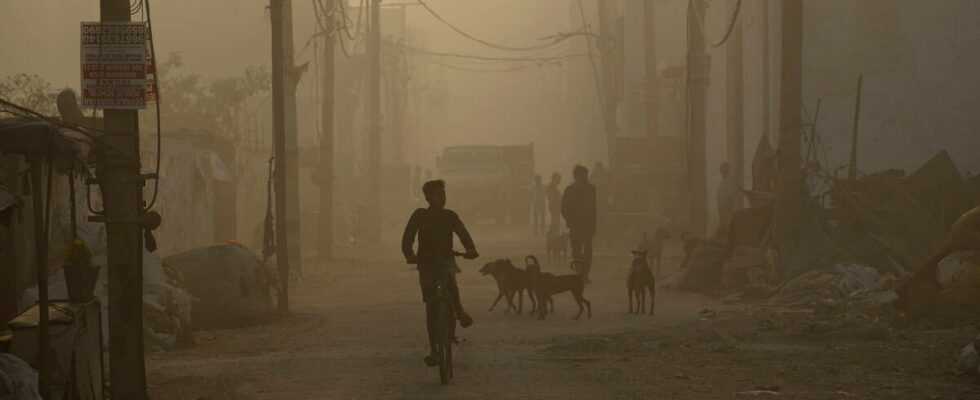Nearly 50°C are expected in India and Pakistan at the end of a hot week. In these two countries, abnormal heat has dominated for several weeks. While scientists predict a doubling of the number of heat waves by 2050, Fabio D’Andrea, CNRS researcher at the dynamic meteorology laboratory of the Ecole Normale Supérieure in Paris, recalls that the frequency of heat waves has already increased everywhere. in the world. This new episode is the illustration.
How important is this heat wave?
The hot period in this part of the world, the Indian subcontinent, runs from March to early June, until the arrival of the monsoon. So it’s summer there. But the current episode is particularly hot. In general, at this time, the average temperatures in India and Pakistan are around 40°C. When we have 5 or 6 degrees more, like this moment, we speak of a heat wave. Except that during the summer, there is usually a little instability which produces thunderstorms, small rains, which refreshes. However, very strong pressures currently prevent this.
Does the phenomenon repeat itself more than before?
Yes. Heat waves have become more frequent everywhere, including there. Last year, like in 2015 and 2019, there were horrible heat waves in India and Pakistan. South-west of Delhi, in Rajasthan, temperatures exceeded 50°C. There, we expect a little the same level in terms of temperatures.
Why is this of concern?
First, these are places where the population density is enormous. A heat wave has impacts on health, water and energy availability. Last year there was a lack of water in Delhi, people were struggling to have access to this resource, there were social disorders. There have also been spikes in energy consumption due to air conditioning. And each time, the heat wave causes a large number of deaths. The bodies and the infrastructures have adapted to the local climatology which is already very hot as a rule. But when the thermometer climbs more, we start to reach terrible temperatures. Now, with climate change, we can reach temperatures that fifteen years ago were very rare on Earth.
The air is currently relatively dry in the regions affected by the heat wave, but the combined effect of heat and humidity can quickly be fatal…
Yes. There is a purely physiological part that has to do with perspiration. That of plants and human beings depends on the dryness of the air. When the temperature of the air is higher than that of the body and that in addition it is humid, there is no more possible sweating. Scientists measure this using a tool: the wet bulb temperature (the wet bulb effect). They established heat/humidity combination thresholds beyond which the body really struggles. You can’t stay more than a few hours in these conditions, because afterwards you die. In the region of the Persian Gulf, Pakistan and North India, the threshold can be exceeded by a lot. Climate change, which brings us to even higher temperatures, could make these regions completely uninhabitable.
